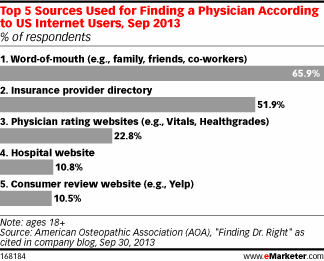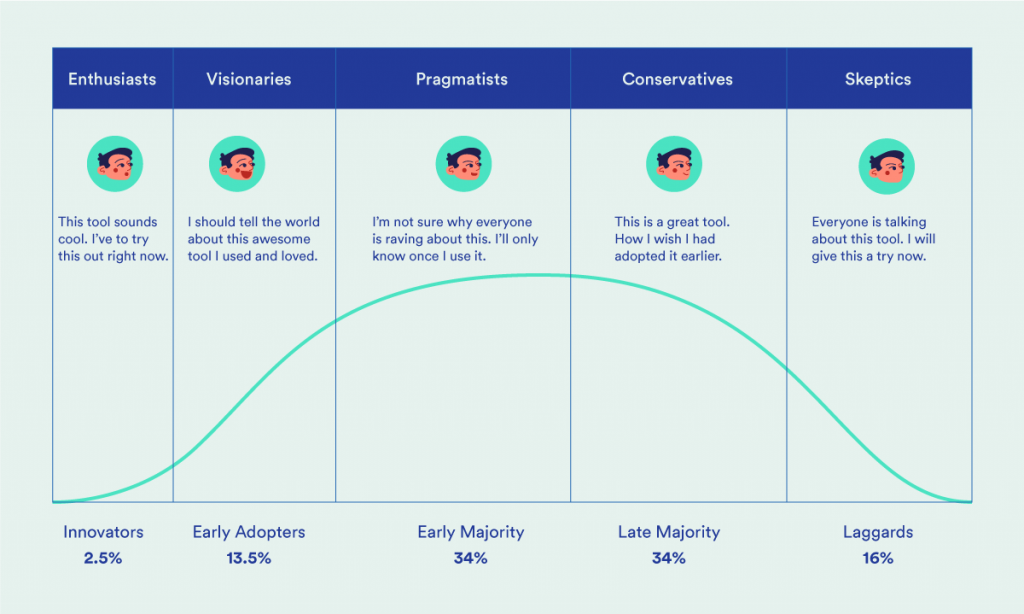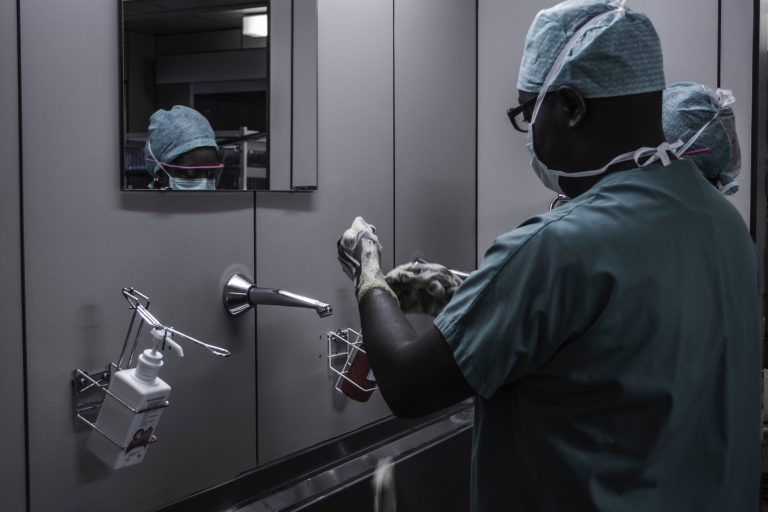Being market access ready: Guide for MedTech Entrepreneurs
It takes a long period for entrepreneurs to commercialize their innovations, especially in the MedTech domain. Often MedTech entrepreneurs feel that it is enough to pitch to hospitals and clinicians to adopt and pay for their MedTech innovations. However, they usually miss the market access question tragically and fail.
We spoke to Dr. Sameer Mehta, Vice Chairman at Dr. Mehta’s Hospitals, for his valuable insights on what MedTech startups can do to be market access ready (faster) in the context of marketing and sales. This article covers three broad strategies with real-world examples of how to make them work:
- Finding members of the medical community to be spokespersons for your product
- Creating the perfect pricing plan – giving your product for free
- Differentiating your product from that of your competitors.
Find Champions For Your Product: Become Part Of Healthcare Associations
One core marketing and sales strategy for MedTech startups are promoting the product within the healthcare community through influencers, like doctors.
The most crucial part of implementing this strategy is identifying key people – People within the hospital or healthcare centre who are the decision-makers. These are individuals who are open to adopting new tech, who are influential enough to give your product traction in the community, and people who are genuinely creating awareness into modern solutions via events like conferences.
These are the people who will be willing to listen to your sales pitch, try your product, and give you feedback that your R&D team can use to fine-tune the product for the hospital. Getting hospitals to implement your product so it is market-ready for doctors and patients will happen faster through these key people.
The easiest way to meet these people, or as Dr. Sameer Mehta calls them, champions, is through healthcare associations. Be a part of associations (directly or as volunteers) like the IMA (Indian Medical Association), the AHPI (Association of Healthcare Providers of India), and CAHO (Consortium of Accredited Healthcare Organisations). It allows you to meet individuals – doctors, hospital board members, pharmaceutical experts, healthcare IT specialists, etc., who will not only accept your product within their healthcare centre, they will also become spokespersons for it (assuming you have a valuable and viable product) at events and promote them to other centres.
Ibhar by HealthPasture, a work management platform for healthcare centres, is a prime example of how powerful this strategy is, says Dr. Mehta. Ibhar was used as a pilot experiment in a hospital in Tamil Nadu. It was when they approached Dr. Mehta and his team. They were new and unproven in the market. Dr. Mehta agreed to try out their product and invited them to participate in events being held by and for healthcare associations like CAHO. The best thing the team at HealthPasture did, was listen, says Dr. Mehta. Listening to your customer is pivotal in growth, and this proved correct for HealthPasture.
HealthPasture became a part of the CAHO ecosystem through Dr. Mehta and his team and organized conferences for healthcare associations. They focused on meeting people and understanding their facility’s processes through these specific conferences.
Within a year, they performed pilot implementations for 30 hospitals. By the second year, they had around 400 paying customers, and in year 3, they had 3 large state government enterprises as customers and over 500 (close to 1000) customers.

Peer-to-peer Promotions are still the most significant driver of sales. (Source)
Approach The Right Hospitals And Offer Them The Product Free Of Charge
One of the biggest mistakes MedTech startups make is with pricing, says Dr. Mehta. Startups fixate on building the right pricing plan when it makes more sense to focus on building the right customer base, even if it means giving the product free.
Dr. Mehta mentions HealthSensei as an example of how giving the product for free can be exponentially more valuable. HealthSensei sells remote ICU technology. Experts around the world told the team they could sell their technology for $10,000 per hospital. But what Dr. Mehta and his team advised them to do, after market research, was to give the product for free to the first ten customers. They offered their product at no charge to hospitals like CMC Vellore and Dr. Mehta’s Hospitals. After the first 5 customers – including CMC Vellore and Dr Mehta’s Hospitals used the data from the early installations to validate that their technology was easier to use, cost less than peers, and most importantly provided significantly superior clinical outcomes to differentiate themselves to their new customers versus peers or the status quo.
The president of the Association of Healthcare Providers is a board member of Dr. Mehta’s Hospitals, and during board meetings when it was proved that HealthSensei’s product is an excellent working technology and gave better clinical outcomes, both CMC Vellore and Dr. Mehta’s Hospitals implemented it at full-scale during Covid, within 30 days of the pitch. Both these hospitals and, of course, the president of the Association of Healthcare Providers are immensely influential within the healthcare community, and having them vouch for the product is many times more valuable than having representatives make sales pitches.
Giving your MedTech product for free to three customers in each state is Dr. Mehta’s recommended strategy. These customers have to be prudently selected.
Work with top community regional hospitals in each city. These hospitals have the clout to give your product traction. They are sizeable enough to provide product fit information while still easy to onboard and manage. Hospitals that are branded and have chains will inevitably request the product be implemented for free across their hospitals and generally have lengthy procedures for implementing new tech, both of which will delay the results you are looking to achieve by giving the product for free.

Tip: Identify people who are likely to be innovators & early adopters of healthcare technology (Source)
Find The Distinct Parameter For Purchase
The final marketing piece that must be in place when preparing to be market-ready is defining the proper pitch parameter. There are two reasons for this, says Dr. Mehta.
One: Your product might not necessarily be unique; in this case, you will need to distinguish yourself from competitors through this parameter. It can be a feature of the product itself or a process that is unique to your brand. For example, the after-sales process can be pitched as a parameter for purchase when selling your product to a clinic in a remote village. Offering a 48-hour guarantee in case of a breakdown with immediate access to a backup location can convince the practitioner to adopt your product over a competitor’s even if the features are the same.
Two: The stakeholders you talk to aren’t interested in the details you’re providing them; you need to adjust to this reality. To do this, understand their primary and secondary objective. An IT head will be receptive to a pitch that offers a solution that makes work processes and tasks easier, faster, and more precise. The primary objective of a finance head, on the other hand, is to minimize capiseital and reduce uncertainty in terms of future cash flow. They will be more receptive to a pitch that indicates how much the hospital will need to spend in the next few years. This objective can be what differentiates your product from your competitors and become the cause for purchase.
Approaching stakeholders with this strategy in mind will be more conducive to converting a prospect into a customer.
Conclusion
Dr. Mehta ends the conversation with one critical piece of advice that he strongly believes in: build relationships with your customer. Do not look at it as a marketing tactic or a sales pitch, but rather as a means of building a relationship. Even if your product isn’t adopted, when you have a strong working relationship, you create the possibility of getting a customer in the future, maybe for the same product or maybe for a new product that you launch. Your market access-ready strategy should be approached to build good and lasting relationships within the medical community.
Author
Dr. Sameer Mehta is the Vice Chairman of Dr Mehta’s Hospitals (India’s Oldest Private Hospital) and Director of the Atlas Family Office. Passionate around innovation and investing, Sam is the co-founder of India Home Health Care, Brushtale Studios, Arya Play and participates in various national healthcare committees. He serves on the boards of Proklean Technologies (chemicals), IIT RTBI Incubator (rural technology incubation), Health Sensei (technology) and Dr. Mehta’s Hospitals (healthcare). He is on the Executive Committee of the Chennai Angels and Consortium of Healthcare Providers of India.
More details on Dr. Mehta: https://www.linkedin.com/in/sameer-mehta-4068a4199/
Subscribe to Newsletter
Recent Posts
- Bridging The Gaps Between Treatment and Diagnosis: The FastSense Approach
- Embedded Finance in Healthcare Industry in India: Collaboration with FinTech and MedTech Companies
- Thermaissance: Where Healthcare and Quality of Life Meet
- Case Study: TeraLumen
- Emerging new business models in the MedTech industry in India







